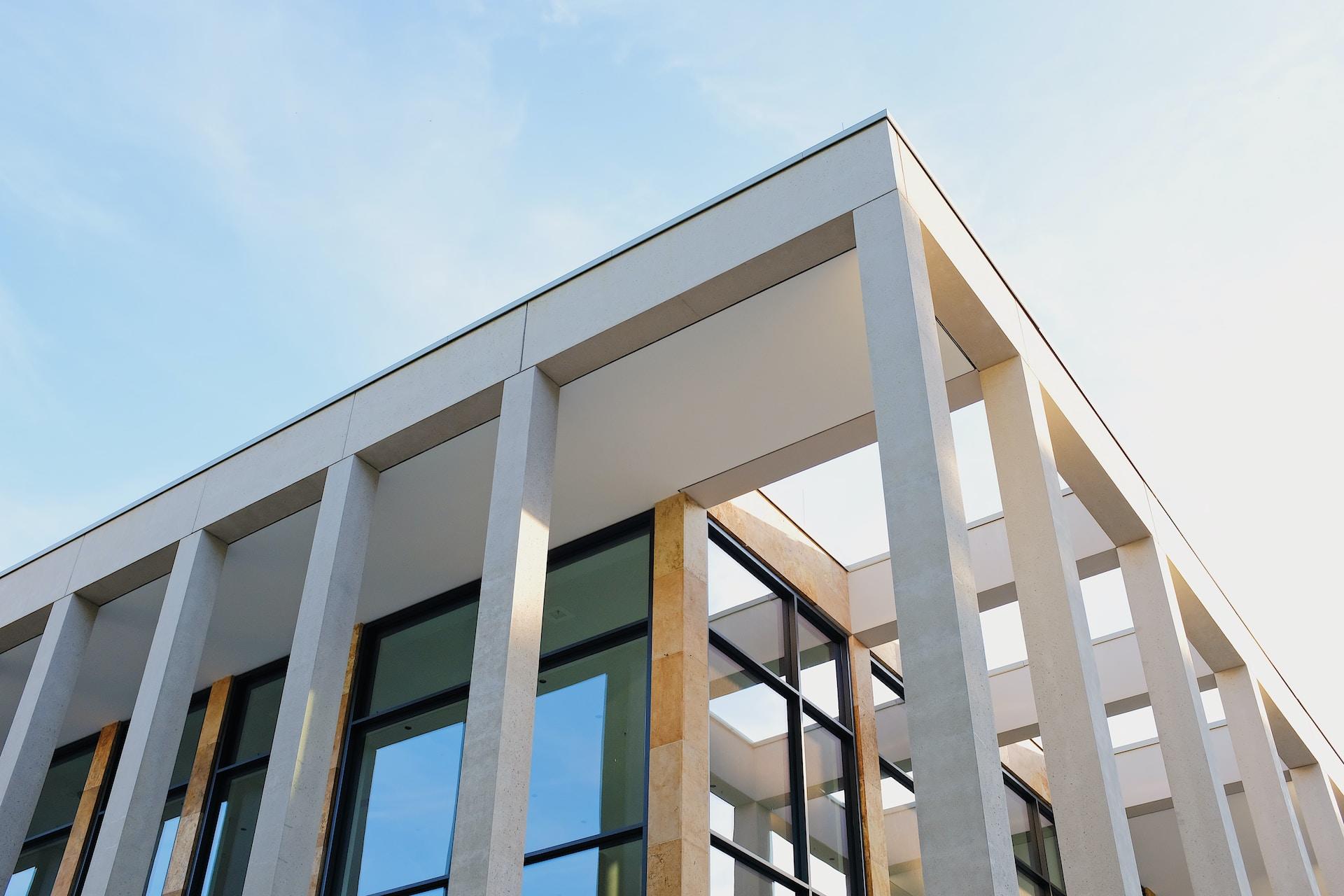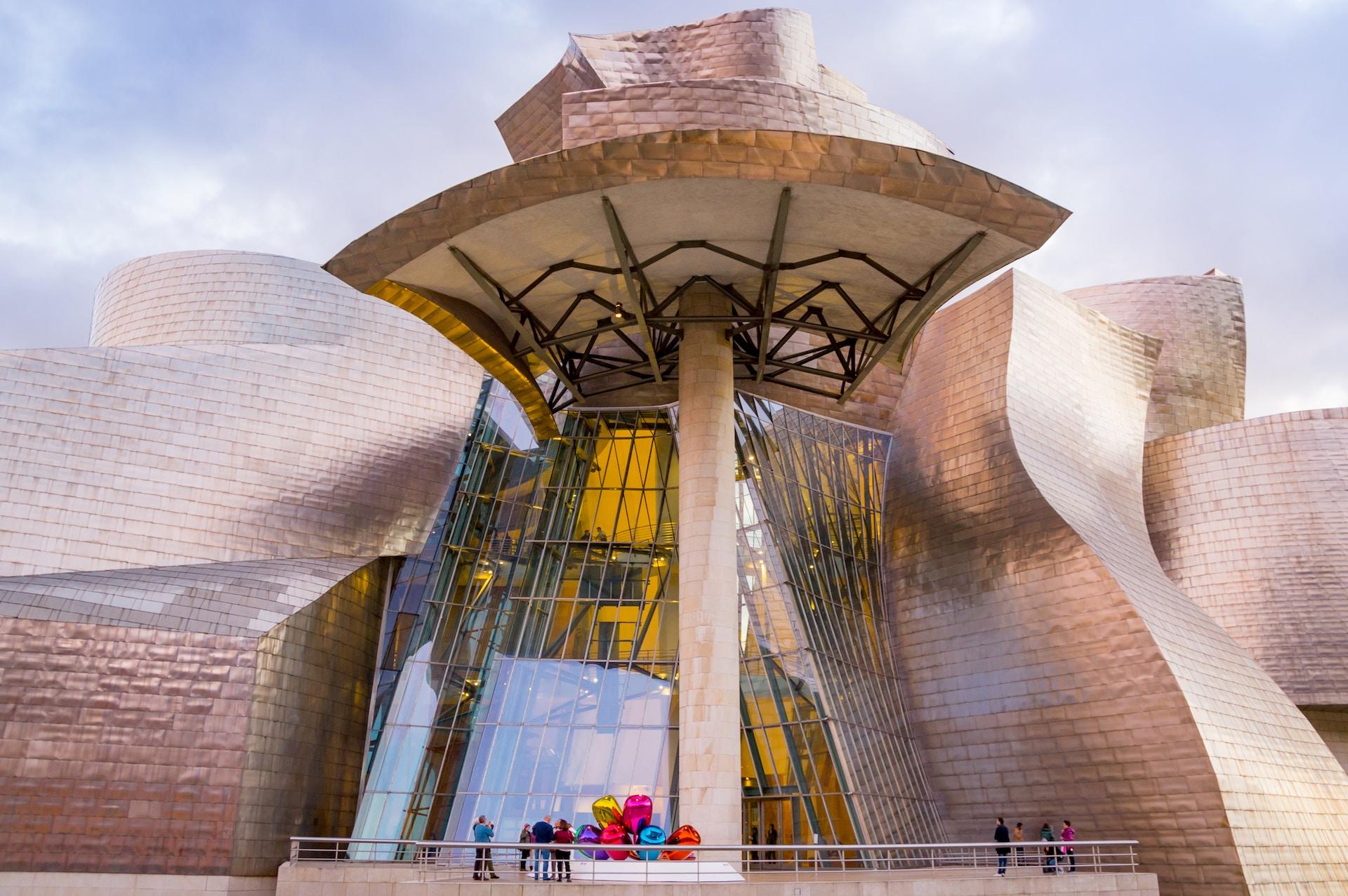The relationship between architecture and mathematics dates back centuries, with geometry being a fundamental principle in building design. Architects have long been fascinated by geometric shapes' timeless beauty and precise logic, incorporating them into their designs to create visually stunning and structurally sound structures. From the pyramids of ancient Egypt to the towering skyscrapers of the 21st century, geometry has played a critical role in shaping the built environment.
This article will explore how geometry is utilised in modern building design. We will delve into using complex mathematical calculations in structural engineering, incorporating fractals and tessellations in design, and using topology to create seamless connections between interior and exterior spaces. Moreover, we will examine how technology is changing the way architects approach geometric design and shapes in architecture, from using virtual and augmented reality to developing new materials and manufacturing techniques.
As we explore the relationship between architecture and mathematics, we will gain a deeper appreciation for geometry's role in shaping the built environment. By understanding the principles of geometry and how they are applied in architectural design, we can better appreciate the beauty and complexity of the buildings surrounding us.

History of Geometry and Architecture: Building on Mathematics Research
The relationship between mathematics and architecture can be traced back to ancient civilisations, particularly in ancient Egypt and Greece. Geometry is considered the foundation of mathematics, and the principles of geometry became the basis for many architectural designs in ancient times.
Geometry in architecture was primarily driven by a desire to create visually appealing and structurally sound buildings. For instance, the ancient Greeks used the golden ratio, defined as a ratio of two quantities, such that the ratio of the sum of the quantities to the larger quantity is equal to the ratio of the larger quantity to the smaller one.
The golden ratio is a ubiquitous principle in ancient Greek architectural geometry used to create aesthetically pleasing and balanced buildings. The Parthenon, one of the most famous buildings of ancient Greece, is a perfect example of how the golden ratio was used in architecture. The dimensions of the building, including the height and width of the columns, were based on the mathematical principles of the golden ratio.
A dedicated maths tutor can adapt to your pace, ensuring you grasp every concept thoroughly for long-term success.

The ancient Egyptians also used geometry in their architecture, as evidenced by their pyramids. The pyramids are known for their precise mathematical calculations that enabled the builders to construct them with impressive levels of accuracy. The pyramids featured a sophisticated design that required precise mathematical calculations to ensure the buildings were stable and could withstand the forces of nature.
In medieval times, the use of geometry in architecture making geometric buildings continued to thrive. Gothic cathedrals, for instance, featured intricate designs resulting from complex mathematical calculations. The flying buttresses pointed arches, and ribbed vaults of Gothic architecture were all designed using geometric principles.
Modern Geometry in Building Design: Breaking Boundaries
Geometry in modern architecture has evolved beyond traditional geometric shapes, such as straight lines and angles. Modern architects use mathematical principles to create complex shapes and forms that redefine the traditional notions of form and space.
One example of modern architecture that utilises geometry in this way is the Guggenheim Museum in Bilbao, Spain. Designed by Canadian-American architect Frank Gehry, the museum features a unique design that challenges traditional notions of space and form. The building's complex shape was created using software that enables architects to manipulate the geometry of the building to achieve their desired design.
Enhance your mathematical understanding and conquer challenging concepts under the guidance of a maths tutor.

Another example of modern architecture that utilises complex geometries is the CCTV headquarters building in Beijing, China. The building features a unique shape that is designed to optimise the building's structural integrity and create an iconic design. The building's unique shape was achieved using complex mathematical calculations that enabled the architects to create a visually stunning and structurally sound structure.
Geometry in modern architecture is not limited to simply creating unique shapes or forms. Architects are also using geometry to optimise their designs for energy efficiency. For instance, the Samsung Pavilion at the 2012 Olympics in London featured a complex geometric design optimised for natural lighting and ventilation.
Find out how much math you must master to understand your finances.

Famous Examples: Innovative Applications of Geometry in Architecture
The building's triangular shape was not just a design choice but an application of building geometry to make the most efficient use of the available space. The Flatiron Building's unique shape was also a technological marvel at its construction in the early 20th century, as it was one of the first buildings to feature a steel frame.
Zaha Hadid, a British-Iraqi architect, is another well-known architect known for her use of geometry. Her buildings often feature complex and abstract geometries that challenge traditional notions of space and form. One of her most famous works is the Heydar Aliyev Center in Baku, Azerbaijan, which features sweeping curves and fluid forms that create a sense of movement and dynamism.
The Walt Disney Concert Hall in Los Angeles is another example of the innovative use of geometry in architecture. Designed by Frank Gehry, the building features a unique shape that is reminiscent of a sailboat. The building's exterior is clad in stainless steel that reflects the surrounding landscape, creating a dynamic and ever-changing façade.

Finally, the Beijing National Stadium or the "Bird's Nest" is another example of the use of geometry in contemporary architecture. Designed for the 2008 Beijing Olympics by the Swiss firm Herzog & de Meuron, the building features a complex geometry inspired by Chinese ceramics. The building's distinctive lattice-like structure was created using advanced computer modelling and manufacturing techniques.
These examples demonstrate the innovative applications of geometry in architecture, from creating efficient designs to redefining traditional notions of form and space. As architects continue to push the boundaries of what is possible, the use of geometry will remain a fundamental tool in creating visually striking and functionally sound buildings.
This article explains how cryptocurrencies and blockchains are based on mathematics.
Mathematics and Architecture: The Relationship Explored
Apart from structural considerations, mathematics also plays a crucial role in other aspects of architectural design. For example, using mathematical principles in lighting and acoustics design can significantly impact a space's ambience and functionality.
Mathematical architectural principles date back to ancient times, when architects used simple geometries, such as squares and circles, to create harmonious designs. However, as architectural design evolved, so did the use of mathematics. Modern architects incorporate complex mathematical concepts such as fractals, tessellations, and topology.
For example, fractal geometry, which involves the repetition of a pattern at different scales, is used to create designs that appear to be infinitely complex. This technique has been used in building buildings such as the Al Bahar Towers in Abu Dhabi, which features a façade that opens and closes in response to the sun's movement.
Topology, which studies the properties of space preserved under continuous transformations, has been used to create buildings with no beginning or end, such as the Möbius House in the Netherlands. The Möbius House is designed so that the interior and exterior spaces flow seamlessly, creating a sense of interconnectedness.
Enjoy the convenience of flexible scheduling with a maths tutor, ensuring your learning needs are met.

Finally, tessellations, patterns of repeated shapes that fit together without gaps or overlaps, have created striking designs in buildings such as the Islamic Arts Museum in Malaysia. The building features a façade that is made up of over 30,000 unique tiles that fit together flawlessly.
The Future of Architectural Design with Mathematics
As we move forward, we will likely continue to see advancements in architectural design with the use of mathematics. Integrating new technologies, such as virtual and augmented reality, will allow architects to visualise and test their designs in new and exciting ways. This will allow for greater experimentation and exploration regarding mathematical principles in architecture.
Moreover, developing new materials and manufacturing techniques will enable architects to push the boundaries of what is possible in design and construction. For example, additive manufacturing, or 3D printing, can create complex shapes and geometries that were once impossible to achieve with traditional construction methods.
At the same time, architects must balance mathematics with other design considerations, such as environmental impact and social responsibility. As we continue to address issues such as climate change and social inequality, the role of architecture in creating sustainable and equitable communities will become even more critical.
In conclusion, the future of architectural design with mathematics is boundless possibility and innovation. By leveraging the power of mathematics in design, architects can create structures that are functional, visually stunning, and socially conscious. As the field of architecture continues to evolve, we can only imagine the new and exciting ways in which mathematics will continue to shape the buildings and communities of the future.
Do you want your kid to start learning math? This is the most fun way to approach it!
















